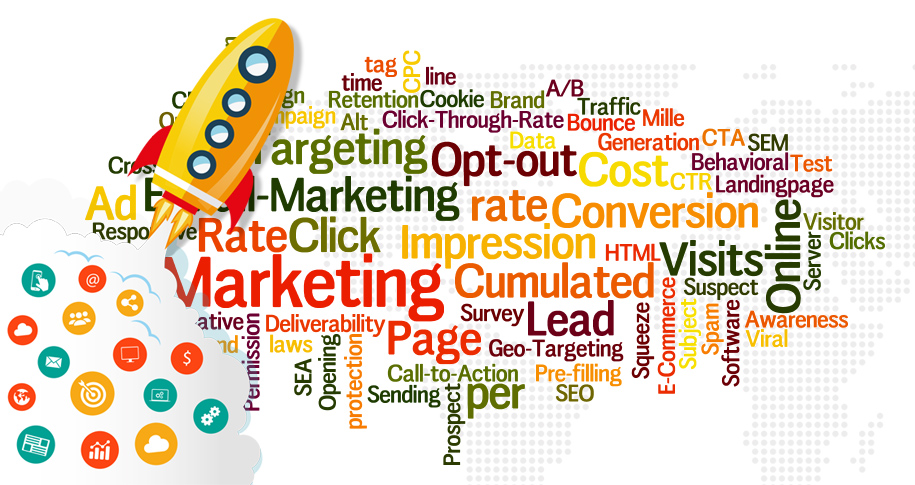What Is Journey MappingWhat Is Journey Mapping?
Journey mapp... More?
Journey mappingWhat Is Journey Mapping?
Journey mapp... More is a visual representation of the customer journey, illustrating the steps a customer takes when interacting with a brand, from awareness to purchase and beyond. It helps businesses understand customer experiences, identify pain points, and optimize touchpoints to improve satisfaction and retention.
Why Is Journey MappingWhat Is Journey Mapping?
Journey mapp... More Important?
- Customer-Centric Insights
- Journey mappingWhat Is Journey Mapping?
Journey mapp... More places the customer at the center of business strategies. - It reveals how customers perceive and interact with a brand at every stage of their journey.
- Journey mappingWhat Is Journey Mapping?
- Identifies Pain Points
- Helps pinpoint areas where customers face friction, such as confusing navigation or unclear communication.
- Enables businesses to resolve these issues proactively.
- Improves Customer Experience
- Provides a roadmap for enhancing touchpoints to create a seamless and enjoyable customer journey.
- Examples: Simplifying checkout processes or offering personalized recommendations.
- Drives Retention and Loyalty
- By understanding and addressing customer needs, brands can build stronger emotional connections and encourage repeat business.
- Aligns Teams and Processes
- Provides a shared understanding of the customer journey across departments like marketing, sales, and support.
- Fosters collaboration to create consistent experiences.
Key Elements of a Customer Journey Map
- Customer Persona
- Define the target audienceWhat is Target Audience?
A target aud... More to ensure the journey map reflects real customer experiences.
- Define the target audienceWhat is Target Audience?
- Stages of the Journey
- Typically include Awareness, Consideration, Purchase, Retention, and Advocacy.
- Touchpoints
- List all the points where customers interact with your brand, such as social mediaDefinition
Brand awareness is the ext... More, email, website, or customer support.
- List all the points where customers interact with your brand, such as social mediaDefinition
- Customer Goals
- Understand what customers aim to achieve at each stage of their journey.
- Emotions and Pain Points
- Capture the emotions customers feel and the challenges they face throughout their journey.
- Solutions and Opportunities
- Identify ways to enhance experiences and resolve pain points effectively.
Steps to Create a Journey Map
- Research Your Customers
- Define Objectives
- Determine what you want to achieve with the journey map, such as improving retention or streamlining processes.
- Outline Stages
- Break down the customer journey into stages and list relevant touchpoints.
- Analyze Emotions and Actions
- Identify how customers feel and act at each stage, noting frustrations and opportunities for improvement.
- Create the Visual Map
- Use tools like diagrams or specialized software (e.g., Lucidchart, Miro) to create a clear, actionable map.
- Review and Refine
- Continuously update the map based on customer feedback and evolving business goals.
Conclusion
Journey mappingWhat Is Journey Mapping?
Journey mapp... More is a powerful tool for understanding and enhancing customer experiences. By identifying pain points, aligning teams, and creating a customer-centric strategy, businesses can foster loyalty, improve satisfaction, and achieve long-term success.
